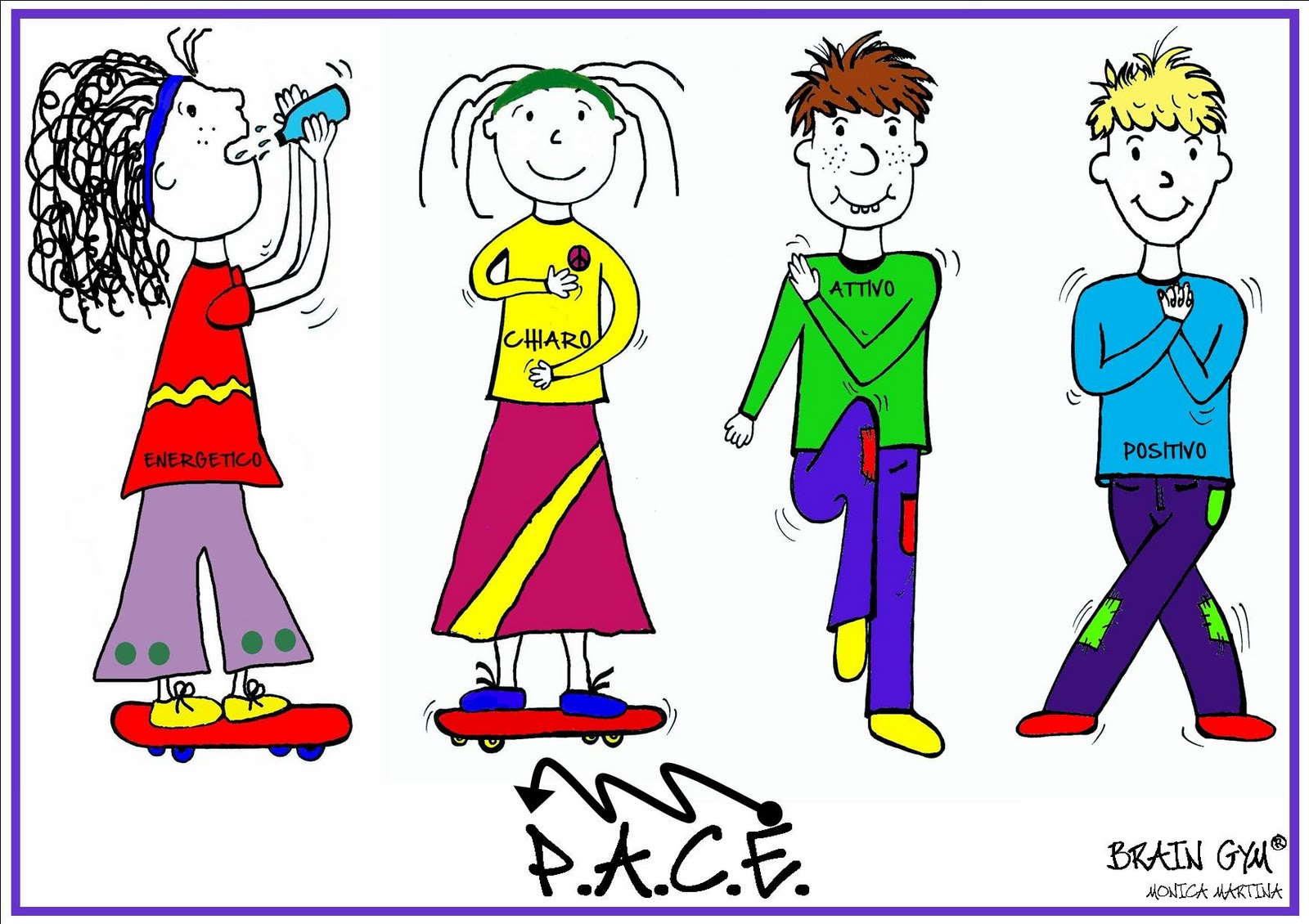

To do ‘Cross Crawl’ you stand and “march”, alternately touching one hand or elbow to the opposite knee. It offers a complete guide describing individual exercises in detail, their execution, their influence on the brain and consequently their impact on learning abilities. If interested in more of the exercises, I recommend Brain Gym Teacher's Edition by Dennison and Dennison, which details the 26 Brain Gym activities. I will only present one of the exercises I use in my English lessons. They are a healthy alternative to relieve tension, reduce stress, to motivate and deal with learning difficulties. The exercises are an efficient tool to improve physical coordination, memory skills, organisational abilities, attention disorders, mathematical skills and those of reading, writing and listening. Specific Brain Gym exercises are effective for specific obstacles exercises for the lateral dimension have the function of encouraging and motivating, those for the focal dimension relax whereas the exercises for the central dimension have a calming effect. Difficulties concerning this dimension include irrational fear from the unknown, which in the learning process, means students are reluctant to accept information or accept them with a negative connotation or in addition are unable to express emotions. The central dimension (cerebrum and midbrain) provides balance between ratio and emotions. If not developed properly one cannot express themselves fluently, has difficulty understanding or suffers from attention disorders or hyperactivity. The focal dimension (front and back part) is crucial for understanding and verbal communication. If the midline cannot be crossed, one can experience disorders such as dyslexia.

Simplifying a bit we can say the lateral dimension (left and right hemisphere) is key to reading, writing, speaking, listening, cognitive functions and movement. The supporters of this movement-based approach claim the simple exercises have an impact on the learning process as they help to change the dominance of one brain side into reciprocal balanced functioning of both sides.įrom the point of view of Edu-Kinesthetics brain is divided into three dimensions, namely lateral, focal and central. Dennison, whose research revealed that lack of coordination between the left and the right hemisphere resulted in learning difficulties. It was introduced in the seventies by the educational therapist Paul E. These exercises strengthen our perception, visual and spatial orientation, structuring, logical thinking and verbal skills. Later on she qualified as an instructor at the Bundesgymnasium, which represents the Austrian centre of the »Vital for Brain / Simply Strong« movement ( ).Įducational Kinesthetics or Brain Gym encompasses motion which does not only activate parts of the brain (the left or right hemisphere, the brain stem or brain lobes, the limbic system or cerebral cortex), but the whole brain. My colleague Urška Zakošek had taken part in a teacher training course in Vienna, more precisely at the school Handelsakademie, where Brain Gym was systematically integrated into classes and even oxygen meters installed into classrooms. I was not particularly interested until the fourth-grade students from her class asked her to do the five-minute activity before their final exam called Vocational Matura. When my colleague, a teacher of German, introduced Brain Gym to the rest of us, foreign language teachers at our school, I must admit my first reaction was not another modern method of teaching. It is a national competition for vocational schools in Slovenia. For the last 14 years she has been a part of the team preparing the annual national competition in the English language called Poliglot.

She teaches in the programmes of health care and cosmetology (students aged 15-19).
Brain gym and more professional#
Practival Application and the adaptation of the Brain gym 26 for successful implementation in the classroom, professional or therapeutic setting.Maja-Barbara Kokot has been working as a teacher of English at a vocational school, Secondary School for Nurses Celje in Slovenia for 15 years.



 0 kommentar(er)
0 kommentar(er)
